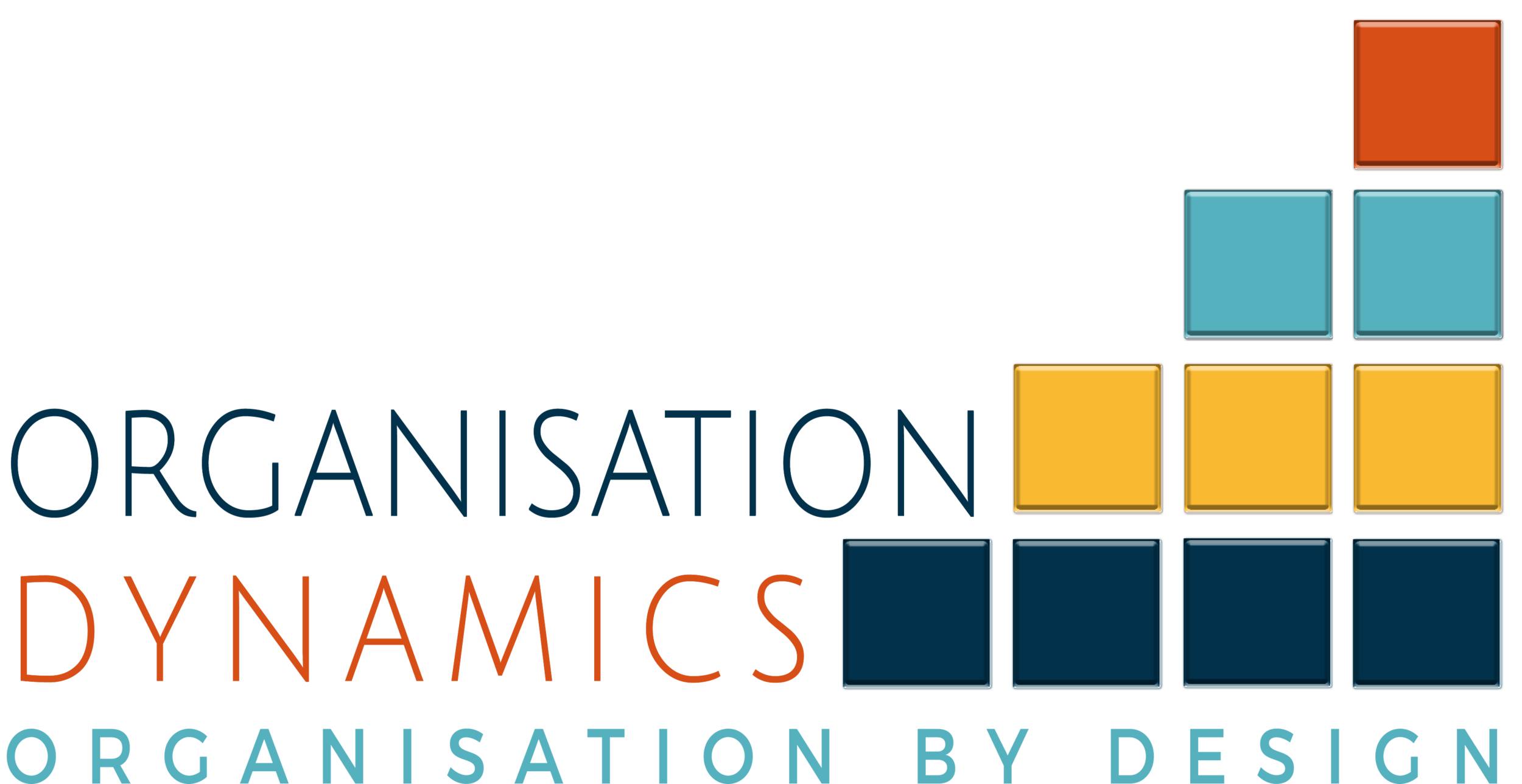ORGANISATION DESIGN
Context
The Client is a project based company providing services into the Multi-National sector. Growing rapidly over a number of years, the Organisation Design was no longer fit for purpose. As more projects were taken on, additional teams were added. However, teams and projects rarely overlapped in size; additionally projects were often of different lengths and required a variety of skillsets and experiences.
Intervention
Working with the Project Sponsor, and key stakeholders across the business, we identified the six key criteria that the new Organisation Design had to enable – ranging from Client Management and People Development to Technical Excellence and Cost Effectiveness. We tested a number of models against these criteria settling on a Matrix arrangement with Project Managers owning the projects and Technical Leaders assigning teams to those roles.
Outcomes
Selecting a new Organisation Design is only the first step of the journey. Without a successful implementation, not only do you not get the benefits of the new design, you can make matters worse as you have a fragmented Design. We invested a significant element of the project in organisation readiness, decision making in the new Design and skills development for the people managers. By building in the potential challenges of Organisation Change into the project, it allowed the company to overcome the expected challenges and realise the benefits of the new Organisation Design (as measured against the six key criteria).
Organisation Change
Context
The Client is a pharmaceutical company who has operated as a single product site for over three decades. Recognising the implications on the viability of the site resulting from declining sales and the impact of the product coming off patent, the site management moved to introduce new products to the site.
Intervention
Working with the site management and key stakeholders, we designed a series of interventions to understand, and communicate to the site, the changing dynamic. By developing a shared view of what success would look like for the organisation, we built a high degree of engagement and shared understanding of what was required for the new organisation.
Working with key groups, we identified:
What success would look like?
What were the key roadblocks to success?
What capabilities did the organisation need?
What would the new organisation look like?
We helped the key stakeholders design a transition plan that would lead them to the new organisation and worked with the senior management team on implementing this plan.
Outcomes
Engaging the key stakeholders gave them a stake in the outcomes of the change programme. It was no longer something that was imposed but now had a shared ownership. The results for the company was a flexible organisation with a culture that allowed them to introduce multiple products without increasing headcount.
Organisation Performance
Context
The Client is in the financial services field. After a number of years of retrenchment, the company was facing into a period of rapid growth. The Senior Management Team recognised that delivery of this growth would be required a different set of behaviours that had allowed them to survive. As part of our engagement, we agreed that building in a culture of performance conversations was critical to brining about these behaviour changes.
Intervention
Working with the Senior Management, we identified the key outcomes that the business was seeking; consistency, clarity and clear communications. We conducted a number of focus groups with line managers and staff and identified that the existing system provided none of these outcomes. We simplified the process, created clear ratings that are linked to the business needs and built in series of milestones during the year where managers and staff meet to ensure expectations were aligned. To support the managers, Organisation Dynamics continue to meet on a 6-week basis to provide ongoing coaching and development.
Outcomes
The outcome was a Performance Culture that supports the business needs. With regular conversations between managers and staff, the system is now a supporting mechanism rather than a blockage to real conversations. This has supported the new period of growth leading to an engaged and motivated workforce.
EXECUTIVE COACHING
Context
The Client is a small business owner facing into a changing business dynamic. Recognising that his own approach needed to change in order for the business to survive, he engaged in ongoing executive coaching.
Intervention
Using an emotional development tool, EQi 2.0, as the basis for the Coaching, we worked with the Coachee to identify the key areas that were holding him back, both in relation to his business development and managing his people. We mapped out these critical areas back to his business, creating a plan that allowed the Coachee directly link the coaching to his business needs. Working over a number of engagements, we tracked performance against these areas ensuring achievement of identifiable change.
Outcomes
By identifying the points of most personal resistance, the Coachee was able to focus on, and improve, those areas that were holding him back from changing his business dynamic. He was able to bring this new focus to adapting his business and has survived, and subsequently thrived in, the recent economic downturn.





